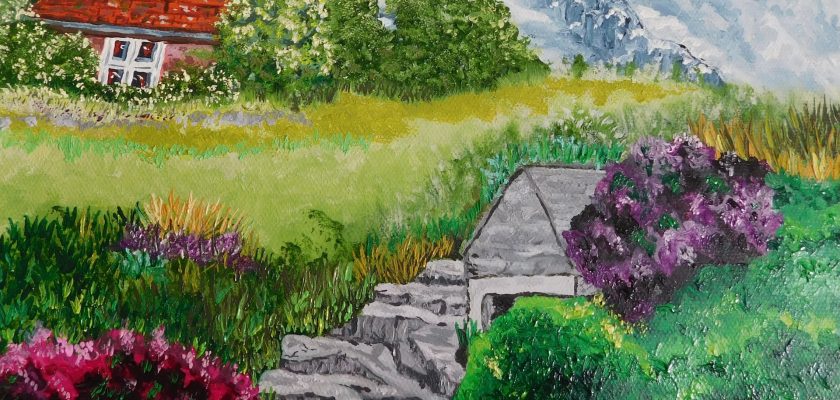Whether you’re trying to add a little bit of style to your landscape or you’re aiming to make your home more livable, stone steps are a good choice. They are a great way to connect your yard to the outside world and provide drainage for water. There are many different ways to build them. But there are a few things you’ll want to consider before you start.

Photo by Adam Young on Unsplash
First, you’ll need to decide on the number of steps you’ll need. This will determine what materials you use and how big they’ll be. For instance, if you’re going to be building a small amount of stairs, you’ll probably need to choose a smaller stone size. On the other hand, if you’re planning to create a larger amount of steps, you may need to invest in bigger rocks. Regardless of which material you use, you’ll want to do some test fitting and make sure it’s stable.
You’ll also want to make sure your stair cases have adequate space between each step. Ideally, you’ll have a 10 to 12 inch tread space. During the winter months, you’ll want to keep your stair cases dry. The last thing you want is for water to freeze at the seams of your stairs.
Another thing you’ll want to consider is how to lay your steps out. If you’re planning on using large stones, you’ll need to find out how to make your stone steps level. To do this, you’ll need to dig out the stone and then backfill it with sand and gravel. When you do, make sure the rough sides are down and the smooth sides are up.

Photo by Rachael on Unsplash
You’ll also need to consider the type of sand and gravel you’ll be using. A typical set of stone steps will require a 4 or 6 inch base. In addition, you’ll need to lay a layer of bedding sand on top. Bedding sand will help your step retain its shape and allow it to drain properly.
Choosing which material to use is a big decision. Aside from the obvious A-gravel and stone, you’ll also need to consider the type of soil you’re working with. Some types of soil need to be replaced with a new one, while others are better left alone. Depending on your preference, you’ll want to select a rock that is either the same diameter as the sand you’re working with, or a slightly larger size.
If you’re going to be building steps from the ground up, you’ll want to put your heart into the project. Stone steps are not cheap. However, if you’re willing to do your research, you’ll be able to pick the best stones to suit your needs. Getting a stone from your local quarry will be less expensive than having it shipped from far away.
One of the biggest advantages to building stone steps on a slope is the ability to allow for drainage. The front face of the stair should be sloped to enable water to run off. At the same time, the front face should be smooth and level to prevent any snags.
